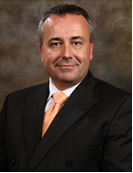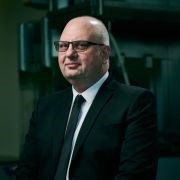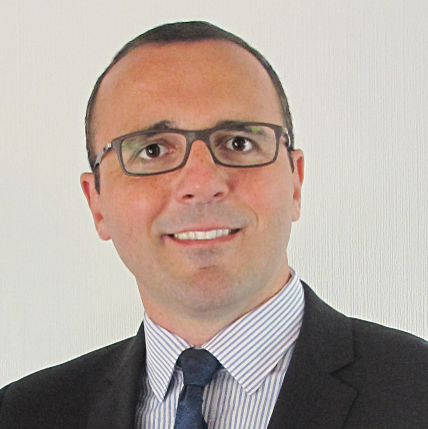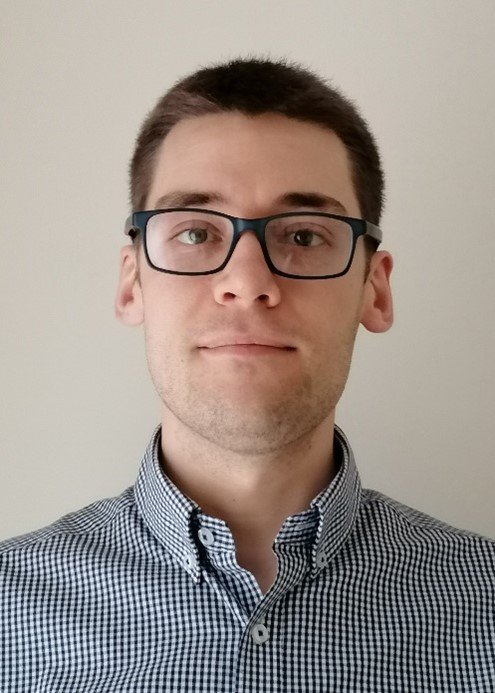
Theme 1: Emissions Managment and Utilisation
Carbon Conversion and Environmental Pollution
This theme focusses on carbon capture and usage of large sources of CO2 and management of other harmful gaseous and particulate emissions.
The first challenge is demonstrating a robust recovery and separation process to extract CO2 from a range of output gas streams. Then, the re-use of the captured CO2 will be investigated at laboratory scale, before upscaling to industry.
Task 1: Emissions Control
Project Leaders: Professor Andrew Barron, Professor Peter Styring, Dr Enrico Andreoli
Researchers: Dr George Dowson, Dr Craig Armstrong
Project Partners: Swansea University, University of Sheffield
Introduction
The aim of Task 1 is to reduce carbon emissions from steelmaking processes by capturing and converting the emitted carbon dioxide into high value-added products. The development of this technology is essential as the steelmaking processes in their current form will continue to generate CO2 for some time. Complementary Tasks within the SUSTAIN Hub are developing lower carbon technologies to further drive the industry towards a net zero future. There is a real opportunity for the overall cost of carbon capture and sequestration to be offset via valuable products made from the captured CO2. CO2-derived chemicals and fuels are of particular interest to us for their added value and in some cases large market scale merit, demonstrating the potential for a future circular economy based on CO2 recycling.
Planned impact
Providing the UK steel industry with designed scalable options for carbon dioxide valorisation
Industry Context
The future of the steel industry depends on the integration of production units where the resource use is optimised for profitability and sustainability. Blast furnace and coke oven gases contain CO2 which, on removal, can help deliver purified components including carbon monoxide and hydrogen. Whilst the production of steel is of core importance to the industry, integrated steelworks could make additional income from by-product streams, including the conversion of CO2 to value-added products. Thermochemical and electrochemical conversion of CO2 to hydrocarbons and oxygenates (e.g. ethylene, DME) and algae biorefinery conversion of CO2 to lipids and proteins are crucial to this approach.
Progress to date
Carbon Capture and Utilisation
Carbon capture and utilisation offers a pathway towards a cyclical carbon economy wherein CO2 emissions are recycled as an alternative feedstock for chemical synthesis. Flexible capture units with small footprint are required for CO2 capture in steel contexts, in contrast with amine-based approaches that don’t tolerate shifting conditions. The aim of this part of the project has been to start the scale-up, automation and integration of a pressure-swing capture process previously developed at Sheffield.
Key output
Collaboration with AESSEAL has produced a trailer-based automated capture unit at 40 times the original capture unit scale that can continuously refine a 20% CO2 stream to 80% (suitable for liquid CO2 production) at 100kg/day scale. It can also operate off-grid for demonstration or remotely for site testing, which is due to start shortly.
Thermochemical Conversion
With advanced progress on the capture process, focus is now on conversion of CO2 into value-added products, such as fuels. We shall be investigating whether the 80% CO2 capture unit output can be directly converted into kerosene/aviation fuel using iron-based catalysts and hydrogen as well as other valuable products like ethanol and DME.
Electrochemical Conversion
Electrolysers enable CO2 valorisation under mild conditions by use of ‘catalytic gas-diffusion electrodes’ (GDEs), yet technological challenges persist that limit implementation: presently at TRL 2-3.
Project aims and impact:
Improvement of catalyst selectivity toward ethylene
High CO2 conversion rates of >300 mA cm-2
Enhanced operational lifetime and stability of GDEs
Electrolyser technology scale-up
Key outputs to date:
Protocols for preparing self-supported catalytic GDEs
Test platform for laboratory electrolysis experiments
Implementation of chlor-alkali electrolyser technology to CO2
Future work:
Testing of flue gas as reactor gas feed and catalyst resilience
GDE pressure balance at scale and electrolyte percolation








